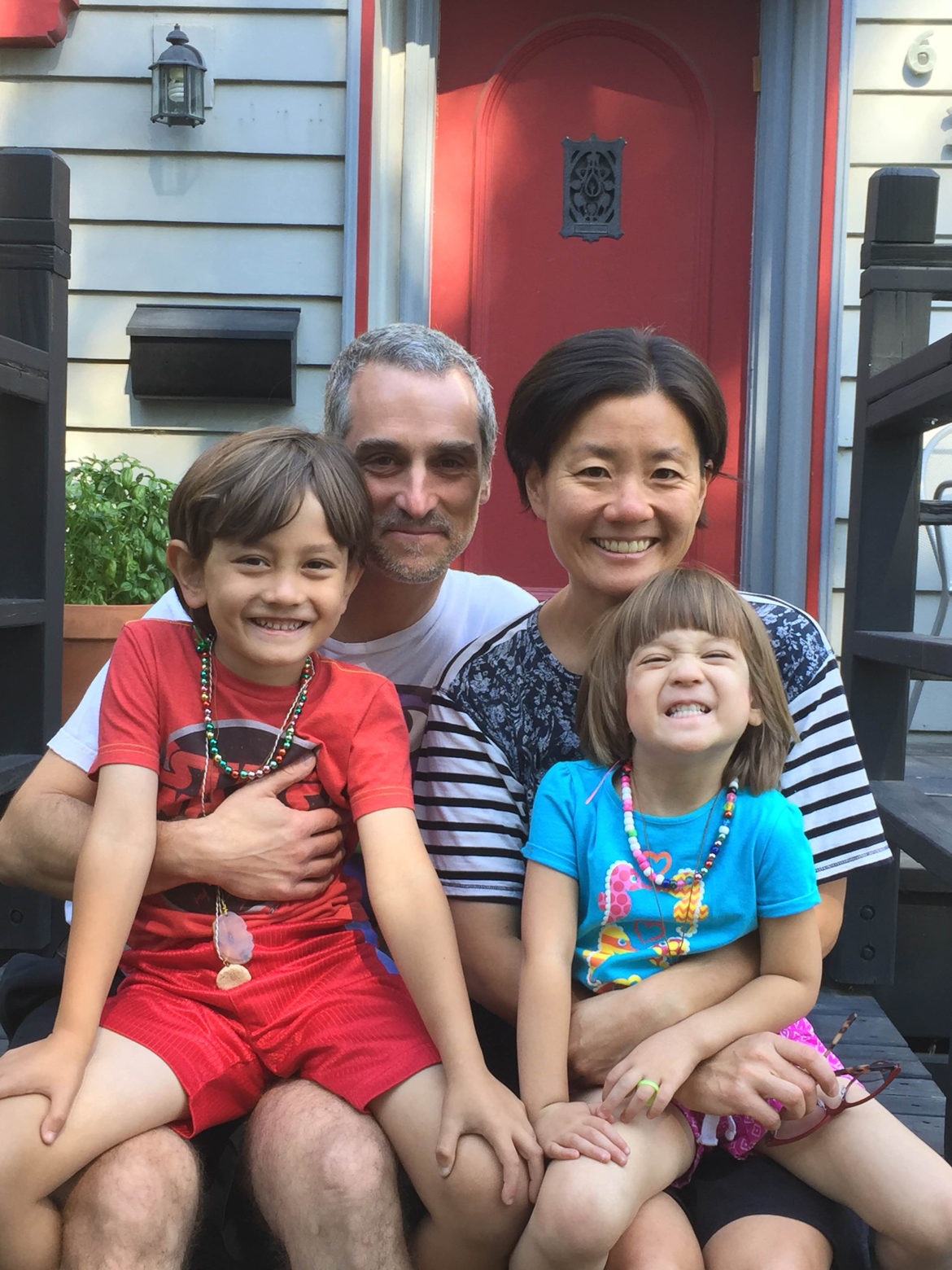Black Religious Movements and Religio-Racial Identities during the Great MigrationPosted in Audio, History, Interviews, Judaism, Media Archive, Religion, United States on 2017-07-09 21:17Z by Steven |
Black Religious Movements and Religio-Racial Identities during the Great Migration
The Religious Studies Program
2017-06-26
In this podcast, Judith Weisenfeld talks to Brad Stoddard about her new book, New World A-Coming: Black Religion and Racial Identity during the Great Depression. In this book, Weisenfeld explores several social groups in the early 1900s who combined religious and racial rhetoric to fashion new identities. These groups include the Nation of Islam, the Moorish Science Temple, and Father Divine’s Peace Mission Movement, and various Ethiopian Hebrews. These groups are not new to scholars of American religious history; however, Weisenfeld’s original analysis combined with her use of previously overlooked sources combine to tell a new and compelling story about these familiar groups.
Listen to the podcast (00:33:25) here. Download the podcast here. Read the transcript here.






